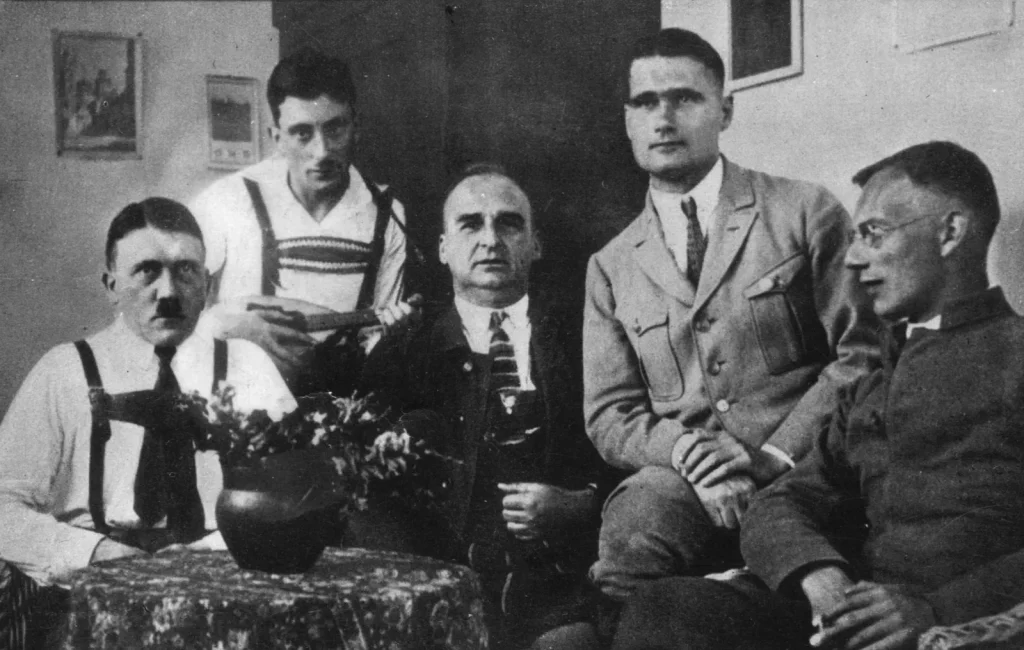One century ago, on December 20th 1924, Adolf Hitler, the leader of the National Socialist German Workers’ Party (NSDAP), was released from Landsberg Prison after serving nine months of his five-year sentence for his leading role in the Beer Hall Putsch. This putsch was an attempt led by Hitler to initiate a march from Munich to Berlin with expected support from right-wing militias and to overthrow the Weimar Republic.
Hitler used the trial following the putsch as a political tribune, spreading his ideas out of the courtroom nationally and gaining recognition across the whole country. Although Hitler was sentenced to five years in prison, he received the lightest sentence possible as it did not include forced labor and overall allowed him to live in relatively comfortable conditions. In prison, with the assistance of his fellows sentenced for the same offense, Hitler wrote a biographical manifesto titled Mein Kampf. It outlined his antisemitic, expansionist, and extremist views and set the foundation for Nazi ideology.
His release from prison marked a turning point in Hitler’s political career, shifting the focus from violent attacks to sophisticated propaganda and pursuing his goals through legal means. During 1925-1929, the NSDAP went through significant structural changes to move away from its paramilitary form. The first success came in 1930 when the party won its first 12 seats in the Reichstag. The Bavarian Supreme Court pardoning Hitler and the leniency of the initial sentence not only revealed the weakness of the Weimar Republic but set grounds for the first steps of the darkest chapters of modern history and demonstrated the fragility of democracies in the face of extremist ideas.
